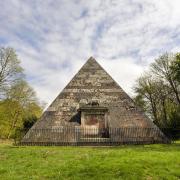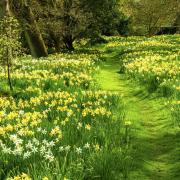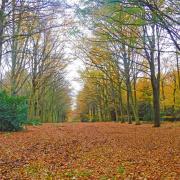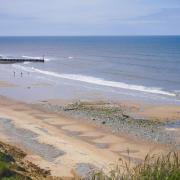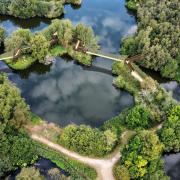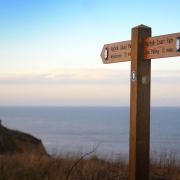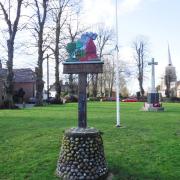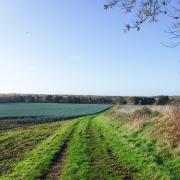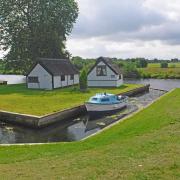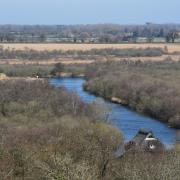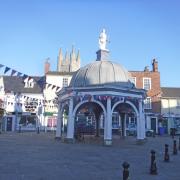Discover a church with Boleyn family brasses as you walk this route through farmland, fields and woods

Salle Church
Park: In front of church
Grid Reference TG110249
Nearest post code NR10 4SD

what3words: pads.strictest.transmits
Main walk 6.5 miles, 10.5km
For a longer walk there is a loop from the rear of the church; 8.5 miles, 13.5km
DIRECTIONS
1 From the front of the church turn right along the road. Turn left at the T-junction. Then, where the road bends to the left, go to the right along a track (Merrisons Lane). Continue along the track to a wood on the right, and then, at end of the wood, take the right fork along the way-marked footpath. After nearly a third of a mile turn right towards the derelict Forest Farmhouse, keeping the hedge on your right. At the farm join and follow the access track and then go left along Burnthouse Lane. Turn right at a junction and pass Home Farm, then go left along Reepham Road and continue to Wood Dalling Church. St Andrews is in a delightful setting, with the village pond in front; it mainly dates from the 13th and 14th centuries.
2 Pass the church and pond then turn left into Church Lane, or alternatively go through the churchyard and adjacent field. When the road turns right go straight ahead along a track. Immediately after passing a small wood on the right leave the main track which swings round to the left and go straight ahead with a hedge on your left. Continue ahead until it joins a farm track on a corner. When this track begins to bend to the right, and just beyond where the hedge on left finishes, turn left on a wide field edge track with a ditch on your left. Turn right at a junction and continue on this track to a junction by a cottage on a corner.
3 Now turn left along a track to its end. Turn left along the field edge and continue round with wood on your left. When the edge of the wood first bears to the left, keep alongside, but when it soon turns away to the left again take a marked cross field path straight ahead, going towards Salle Moor Hall. At the far side of the field re-join the right of way to go over a stile on a corner. Continue ahead along a field edge, through a gate and go leftwards through the farmyard to join a driveway. At the end of driveway go straight over the road and across a field, then through a narrow wood and then turn left towards Salle church. The splendid view of the church was the main reason for deciding to do the walk this way round. At the end of the wood the path bears left across the playing field, but the track continues ahead for a few yards to the road. Either route is acceptable.
Longer walk
Pass through the lych gate and follow the path behind the church to a gap in the wall. Follow the field edge path then two cross field paths to a gap in the hedge. Cross the stile to a second stile then a bridge then over a further stile cross the meadow towards the woods, keeping the woods on your left, to a stile which will bring you to the road. Turn left, follow the road for 600m, turn left on to an enclosed track (Watery Lane). It can be rutted in places. Follow the track to the road, turn left, follow to the road junction. Turn right; you are now on the main walk.
POINTS OF INTEREST
St Peter and St Paul’s Church
The church, which dates from the first part of the 15th century, is an exceptionally complete Perpendicular building. It is huge for the size of the village - several lords of local manors, including the Boleyn family, vied with each other to fund the building of the church. There are many brasses, including to members of the Boleyn family. The church retains some of its medieval stained glass in the east window and in the south transept south window, and there is a 15th-century pulpit. The font has a tall, extravagant Perpendicular-style canopy, with a lifting crane sprung from the ringing gallery.
The 130 feet tower faced with Barnack stone and flint has been described as “the most perfectly composed of all late medieval Norfolk towers”, and as “one of the first of the great East Anglian towers.”





